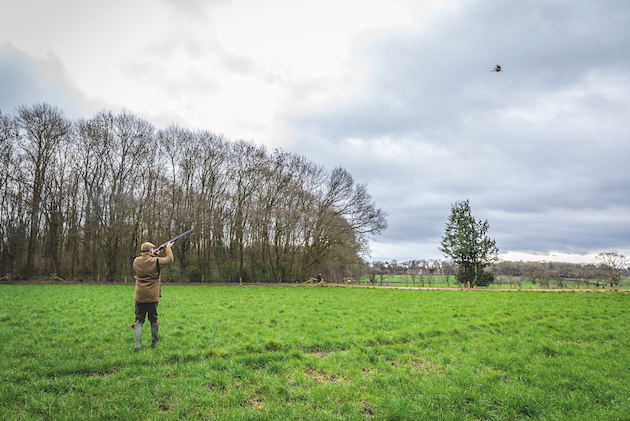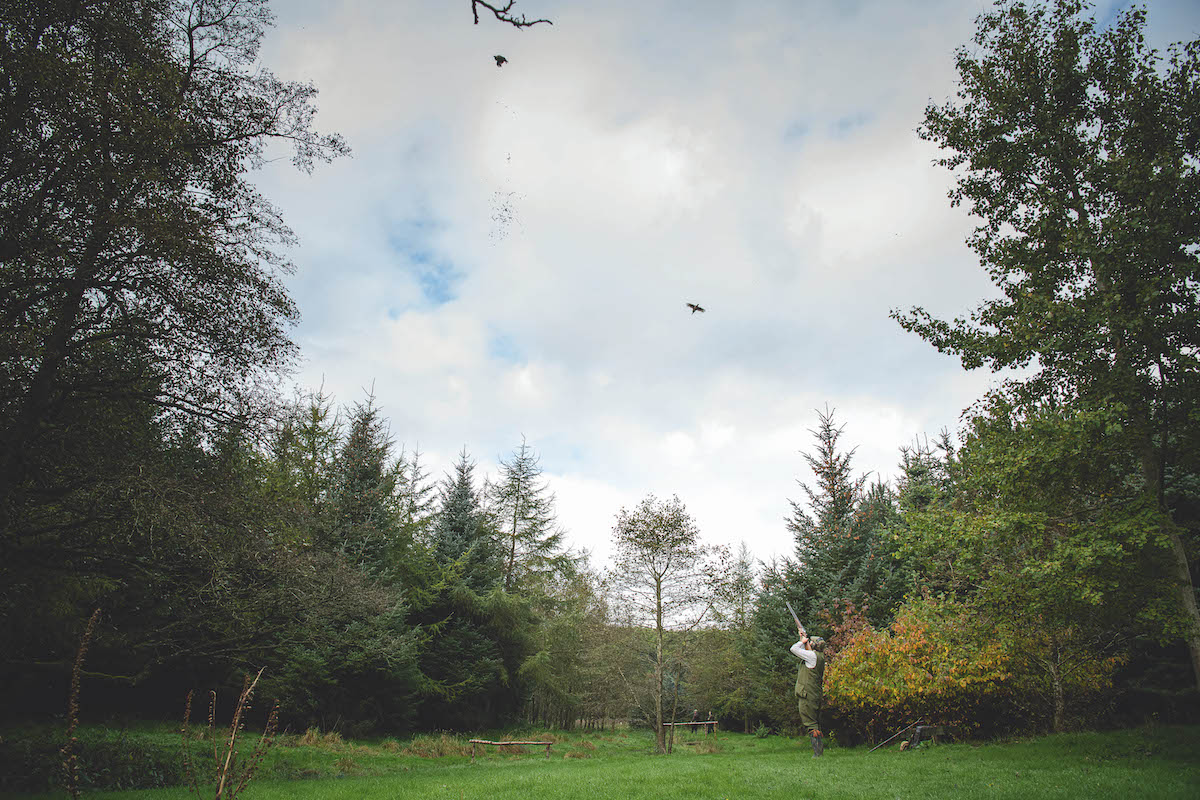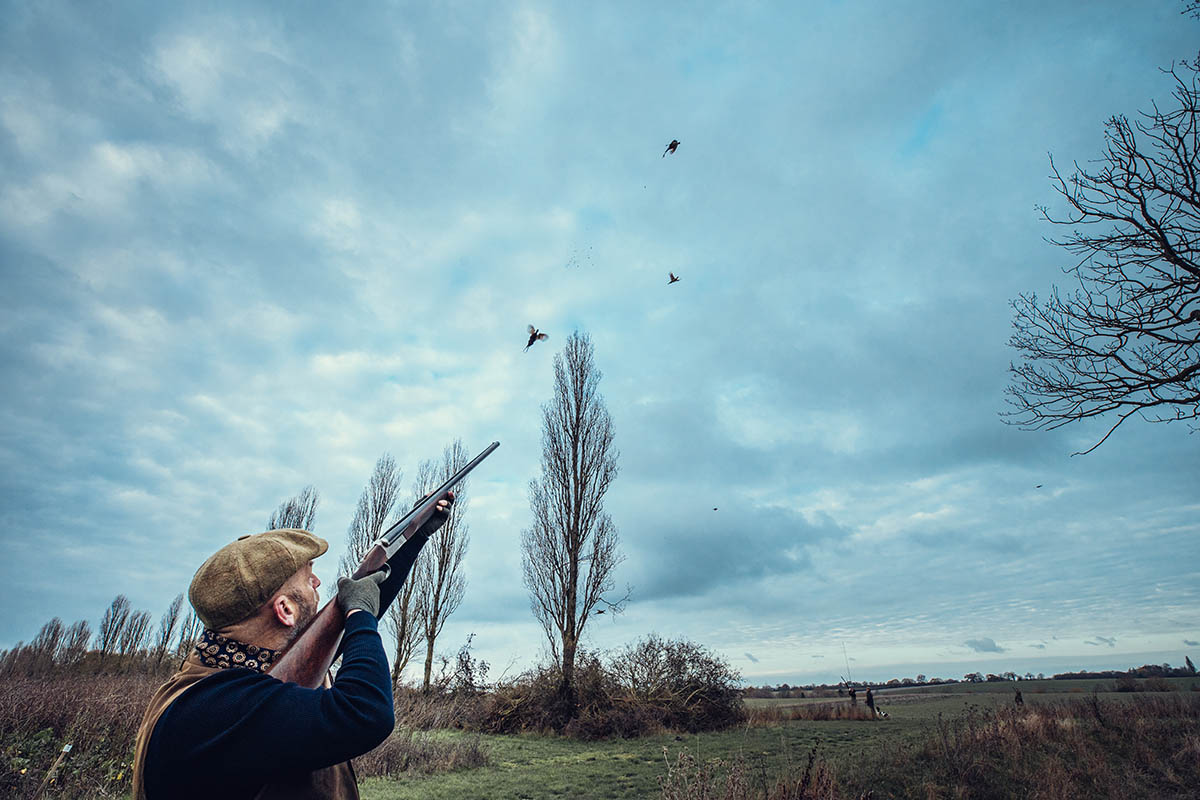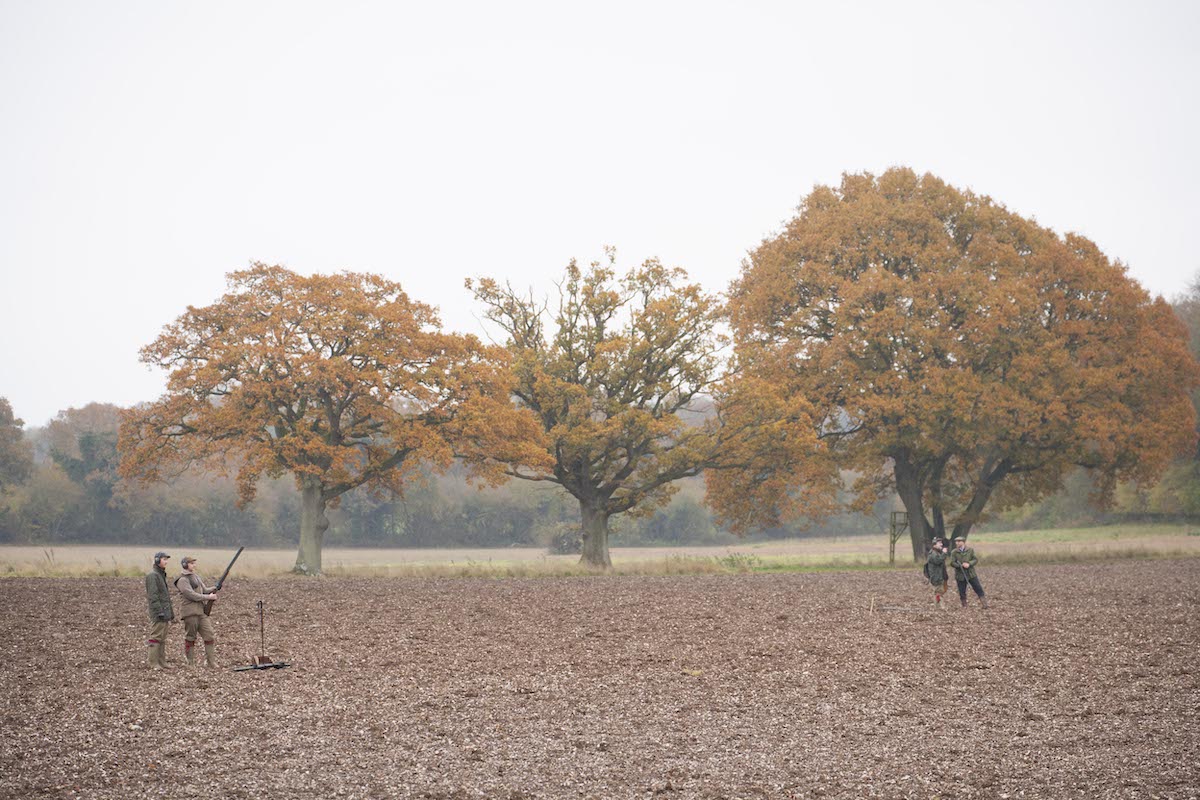How to tackle January pheasants
To get an idea of how to tackle January pheasants you have to understand the science of death, says Simon Reinhold

During the winter, the birds' plumage tightens up, which makes it more difficult to penetrate
Many of the best Shots whose opinions I most respect won’t shoot a pheasant in October. For the very lucky, August and September are for grouse, October is for partridges and only in November do they start thinking about pheasants. By the time January comes round, it is supposed that January pheasants are at their best and, hopefully, after several outings we are likewise in peak form to meet the challenge. But is that merely received wisdom or do pheasants change later in the season?
In truth, it seems to be a bit of both. One of the most knowledgeable gamekeepers of my acquaintance cut his teeth on shoots in Ireland and the south of England before becoming headkeeper on a predominantly wild bird shooting estate. He has seen both the natural drive to survive that wild birds possess and the well-nourished reared birds for whom food is always plentiful, so group-think is one reason they can flush out of a drive.
He suggests that the theory of fabled post-Christmas pheasants is, in some ways, a bit of a myth. He pointed out that in both wild and reared game the need to gain weight and increase fat stores begins as soon as the pen door is opened or the bird has fledged. Though we rarely have harsh winters as we once did, the birds still must have enough reserves on board before Christmas to survive weather events that can hit at any time from November through to February.

Those memorable high birds cleanly killed are almost always hen pheasants because of their size
Condition of January pheasants
In hindsight, this seems obvious, but that is so often the way when received wisdom meets the practical knowledge of those in daily contact with birds. A pheasant’s physiology does not alter on 1 January. It has already changed by then.
However, from my own experience of dressing game for the table over the past few decades, the physiotype does change between the sexes. Cock birds are the focus for much of January, particularly on wild bird shoots and beaters’ days. Most cooks are aware that given the choice of roasting a cock or a hen, the hen is a better meal every time, principally because of the greater fat content.
Having dressed out three brace this morning, several things occurred to me. Not only are the fat stores of a cock and a hen very different, but the former is all round a significantly bigger and tougher bird. From the small sample of six birds this morning, the cocks were 31% bigger than the hens by weight. From a shooting point of view, the greater size of the cock pheasant is the reason that of all the ‘miracle’ shots I have witnessed as a picker-up — birds that were so high as to be memorable even now — the cleanly killed ones are almost always hens.
To understand why this is the case we need to learn a bit about the science of death. Shotgun pellets most often kill birds by causing a sudden and catastrophic drop in blood pressure. This happens when the pellets rupture any of the major blood vessels in the bird’s body or damage any of the major organs.
There are other ways birds expire when shot as experienced pickers-up will know, the most obvious being the ‘tower bird’. This is a bird that appears to be flying normally before slowing, gaining height before suddenly dropping out of the sky, dead. This is the result of damage to the lungs, which fill with blood leading to the bird dying of hypoxia. The other most common one is a head-shot pheasant, which can be seen by the head snapping back and the feet shooting out in front of it at the same time. This is, of course, the sudden cessation of brain activity that governs all else.
The most common cause of death, though, is damage to the major organs and vessels. To do this pellets have to travel through feathers, skin, soft tissue and, often with driven pheasants, the breast bone. Through each of these barriers the pellet is losing velocity and with larger cock birds it is harder to punch through to the vital organs. With shotgun pellets there is no hydrostatic shock — the pressure wave powerful enough to tear blood vessels without the bullet passing through them — we find with rifle ammunition when deerstalking.
John Lee from Lincolnshire, a former keeper, now a shooting coach and one of the finest Shots — clay or game — I know, says that though the birds have the bulk of their weight for the winter earlier than is supposed, they do get fitter as they are driven throughout the season and they increase their muscle mass.
In cold weather, he says: “They do seem harder to kill as the feathers tighten up on birds [the development of their winter plumage is complete]; this can make for a tougher initial barrier for pellets to penetrate.”

Both reared and wild pheasants need to increase their fat stores in the autumn
Quality carcass
Larger pellets are better able to punch through and many game Shots increase to No 5s after Christmas to tackle cock pheasants, though John only changes to 4s when he is shooting birds on the edge of range. I used to change to 5s until I realised that bigger pellets were giving me better-quality carcasses and I now shoot 5½s (2.75mm) all through the season. You should be aware that if you are shooting a continental cartridge, your No 6 measures an English 51/2.
As pheasants get smarter, more walking Guns are employed to try to outwit them. You will often find yourself walking with a gun on a beaters’ day too. You need to have your senses sharp to try to anticipate what wily cock pheasants want to do.
And as a right-handed Shot you should always try to be on the correct leg. By that I mean when the line comes to a natural pause, don’t stand with your weight on the right leg — you need to be ready for whatever may come back over your head. With a wind-assisted, curling, clever pheasant it is more important than ever to correctly read the line of the bird for a successful shot.

The winter is tough on our gundogs too – do make sure that you dry them off and that if they are left in a car at lunch or tea, it is warm enough for them
The pheasant, for all its reputation in the public’s mind as a stupid bird, learns as the season goes on. By the time we come to January the fast- paced law of natural selection, for which we as Guns are responsible, has thinned out the less bright and the average intelligence of the birds has increased. They are experienced and they know the drill. For this reason, some experienced keepers will, if the wind is right, reverse the direction of a drive to catch out those that have come to take the natural escape routes. They will then go back to the original direction the next time.
If a drive doesn’t lend itself to being taken the other way, often number one or eight will be asked to be a walking Gun. This is one of my favourite places to be because you know that you will be tested by fast birds curling back over the wood. There is also the added interest of an occasionally vocal audience in the beating line. It’s worse if you work in the gun trade and they are customers.
It might not be the case that January birds are any higher or much bigger than a November bird but it does seem there is truth in the idea that they are pheasants at their most challenging. Back-end birds are almost guaranteed to be the smarter ones that have survived on their wits, while their tight skins and full plumage grown to cope with cold nights means that a January invite is a welcome and stern test.








